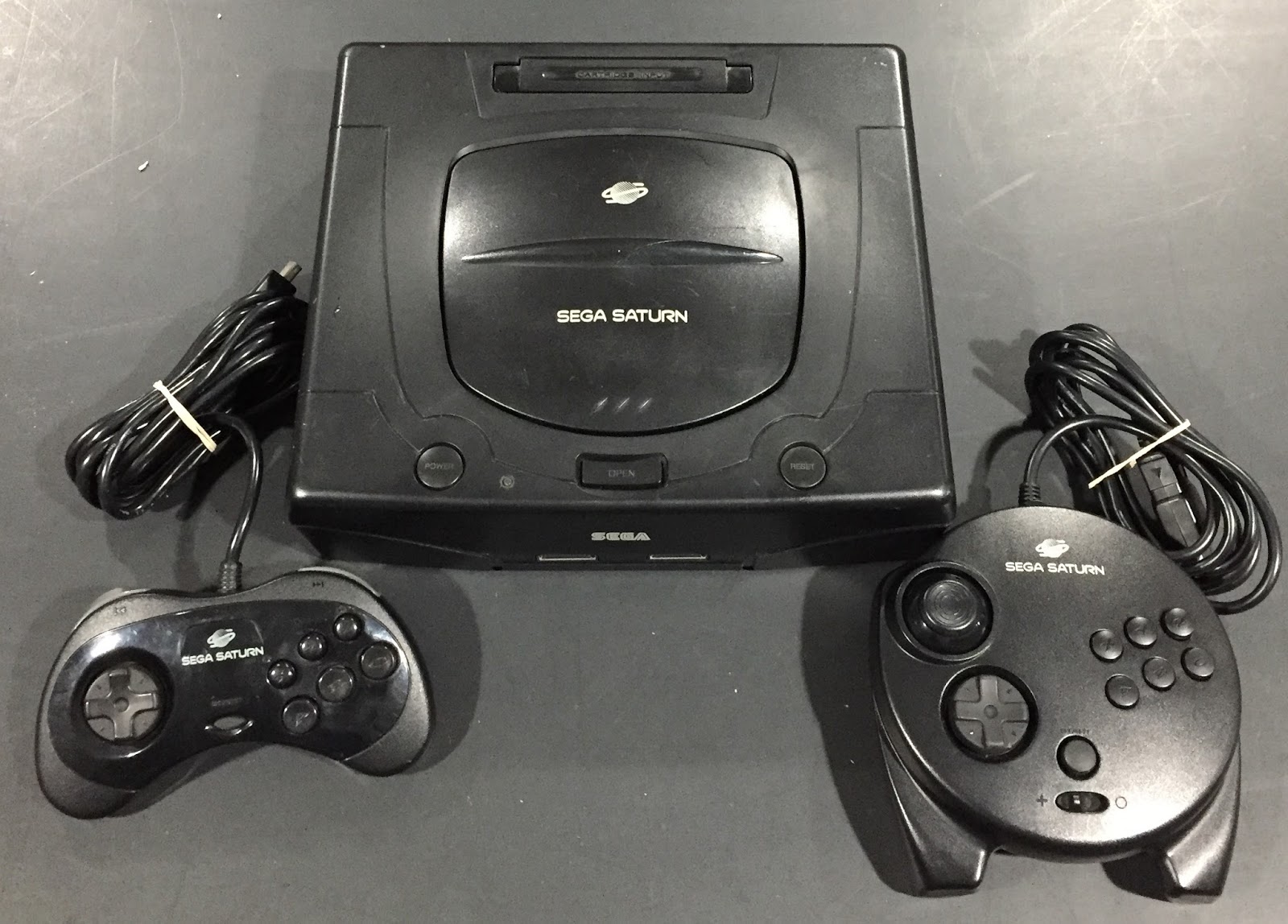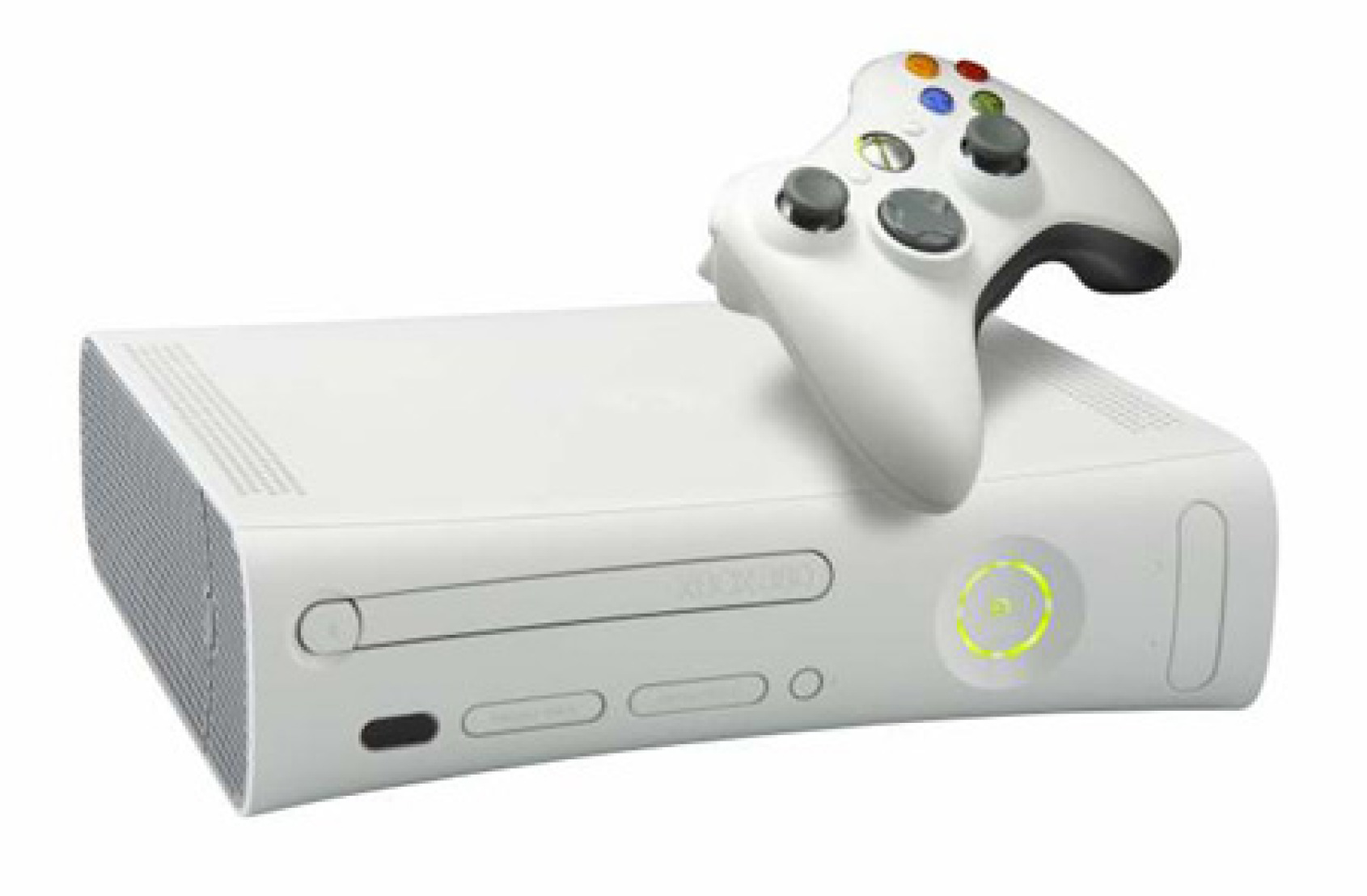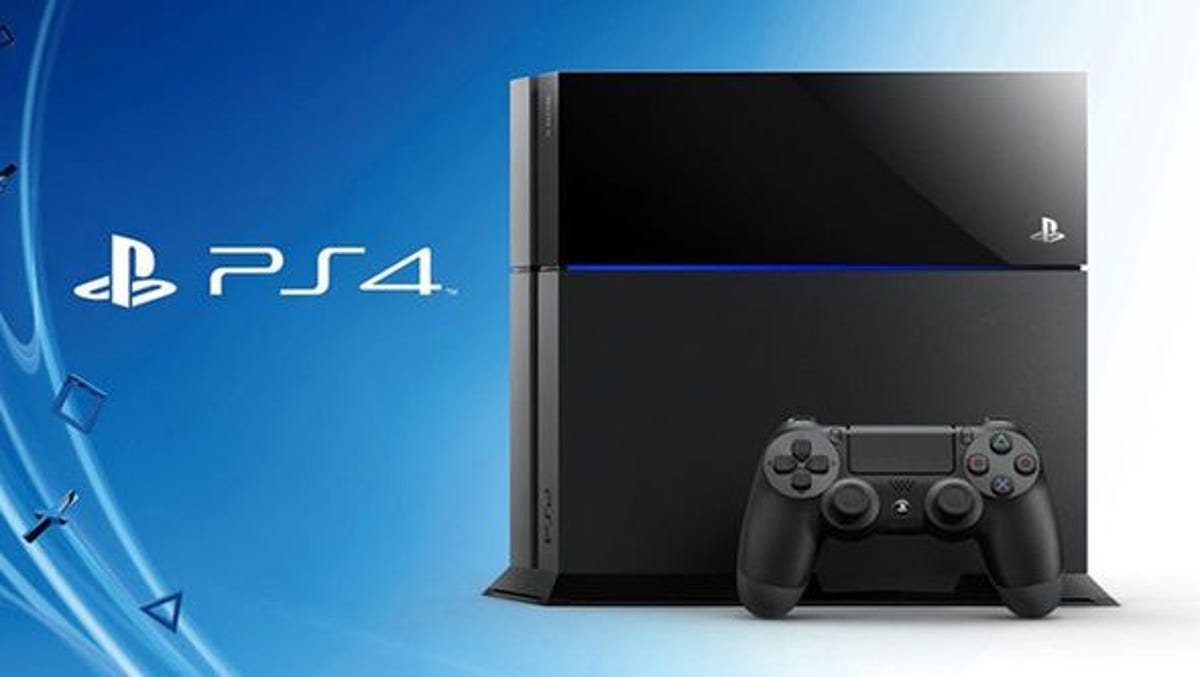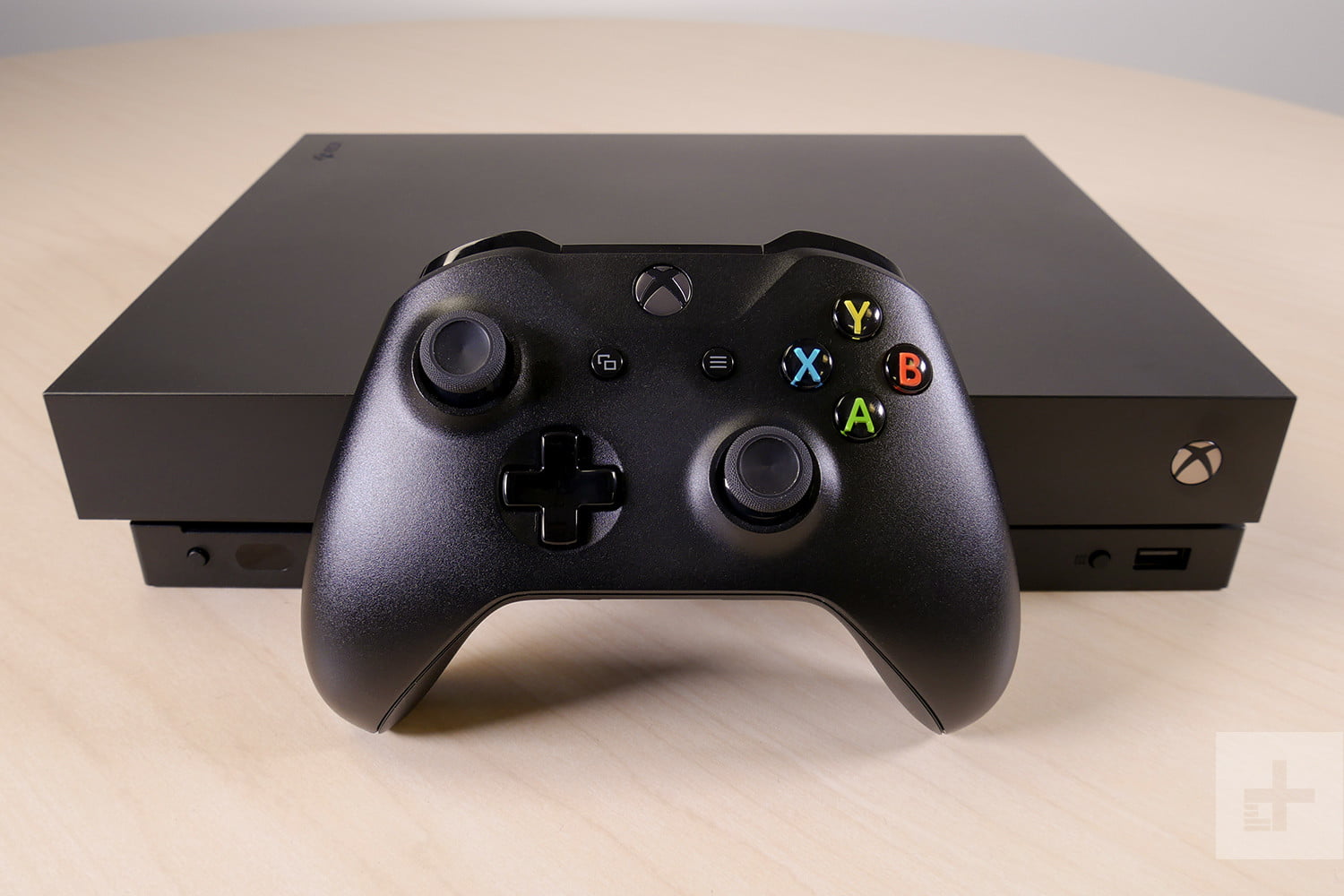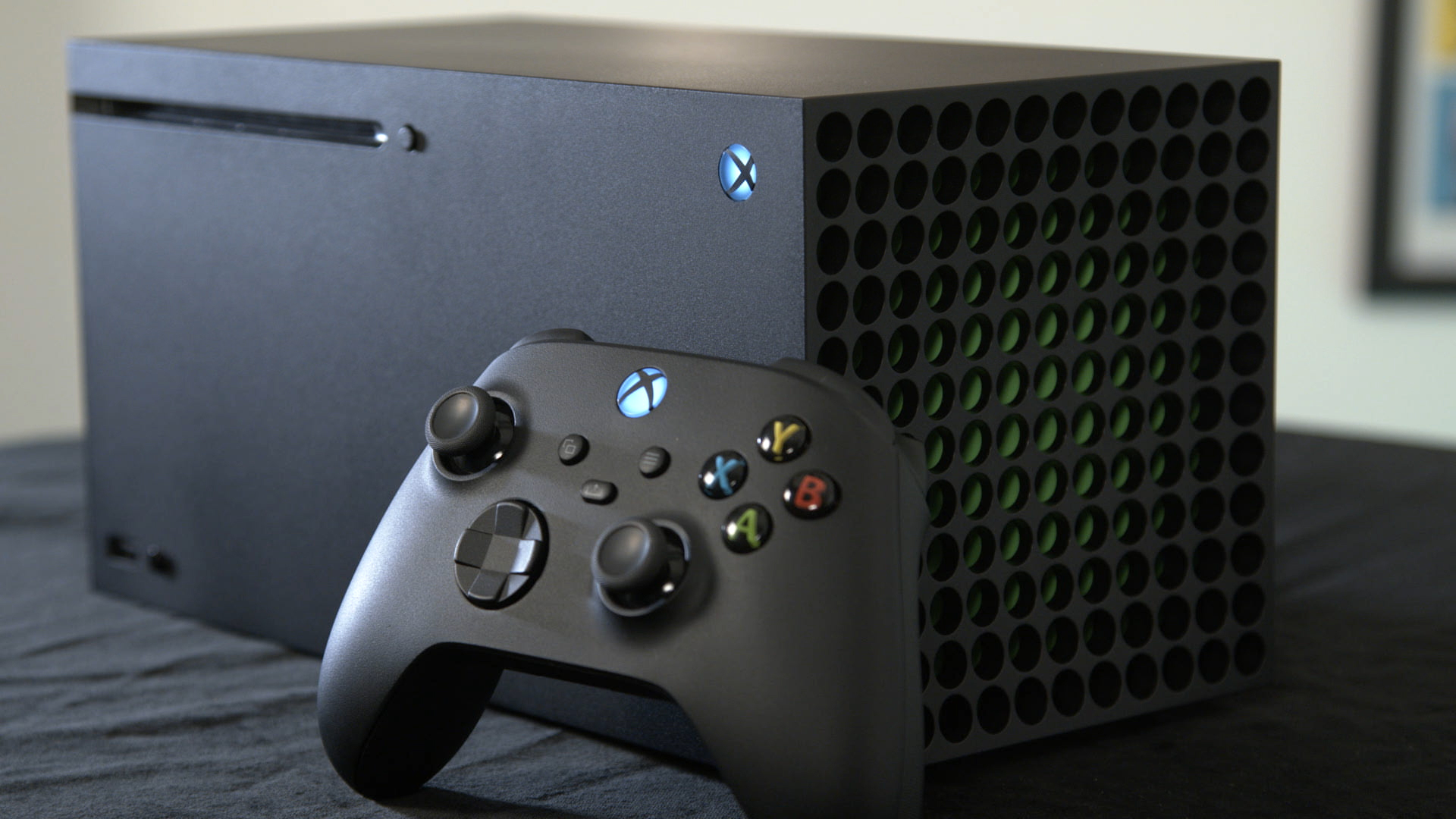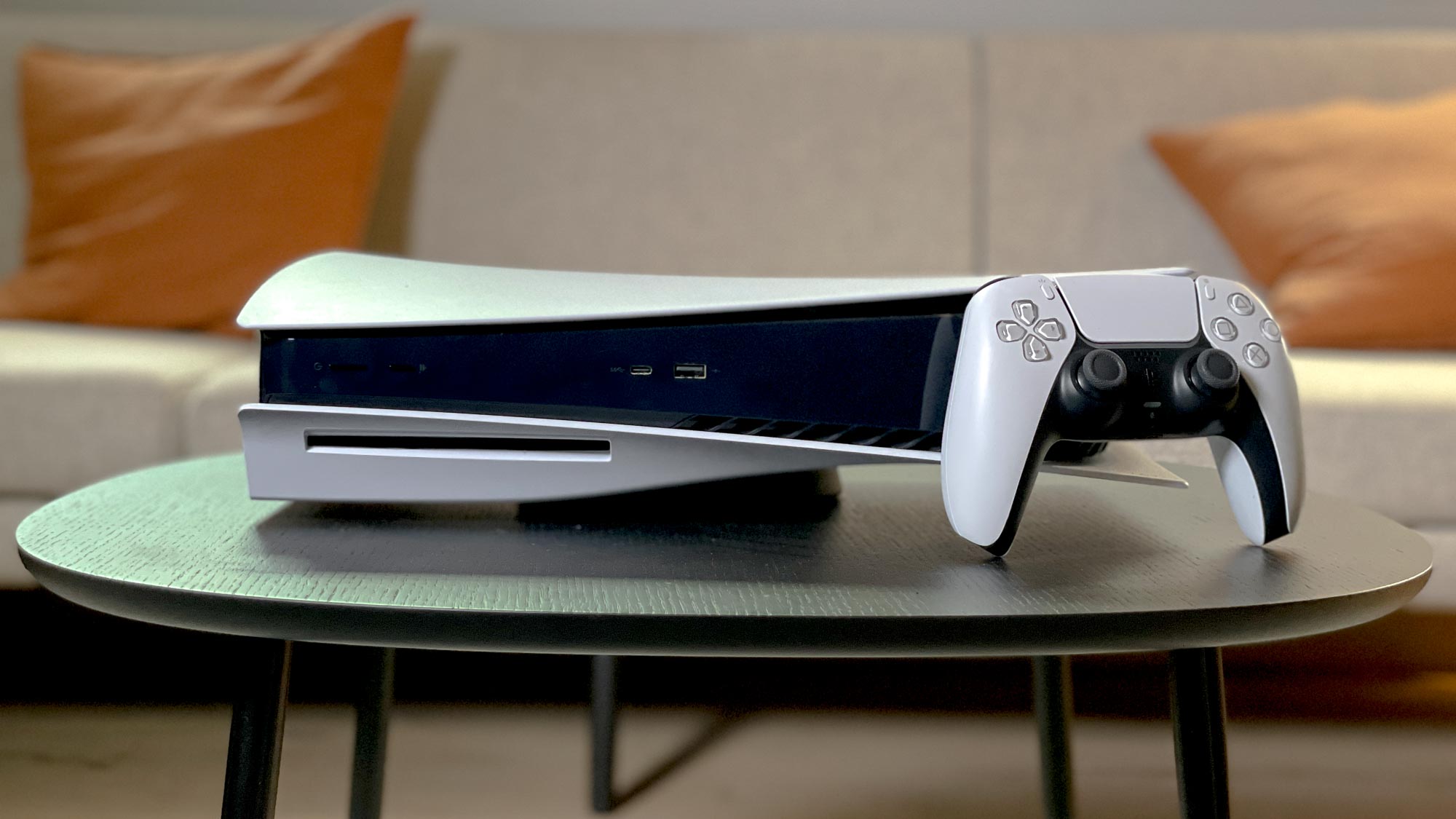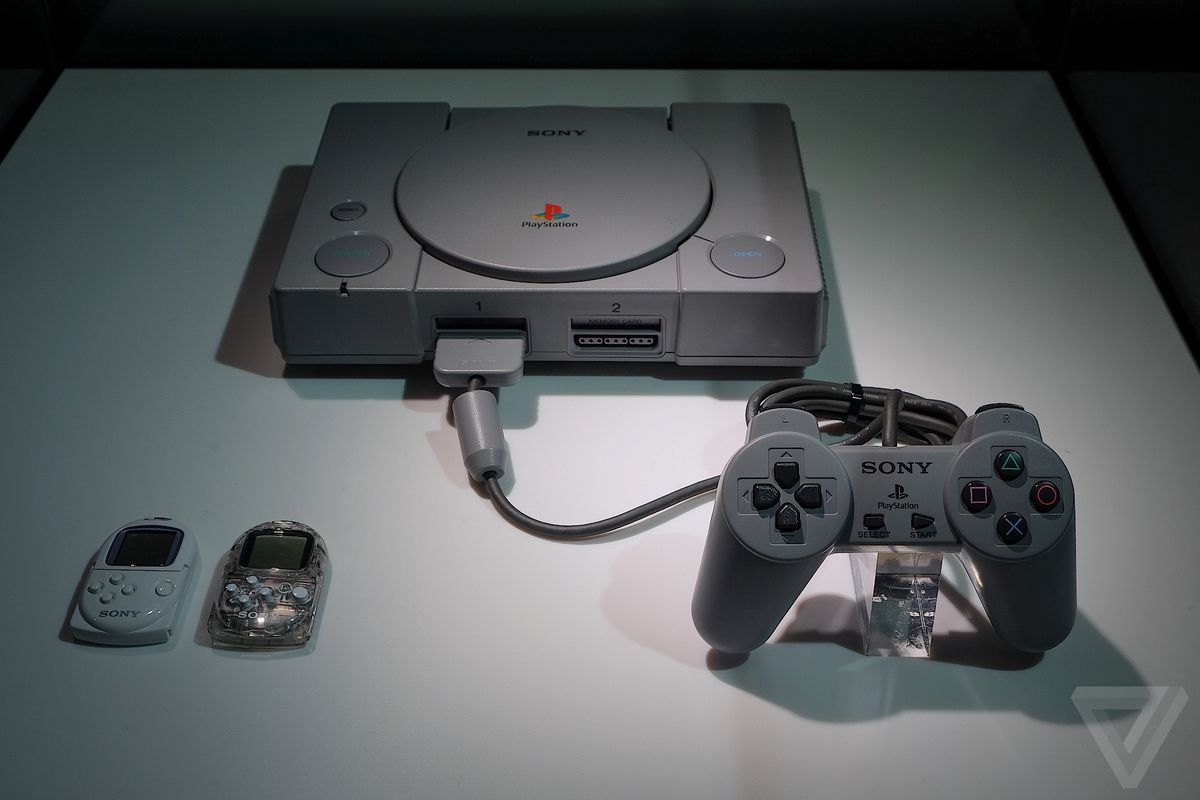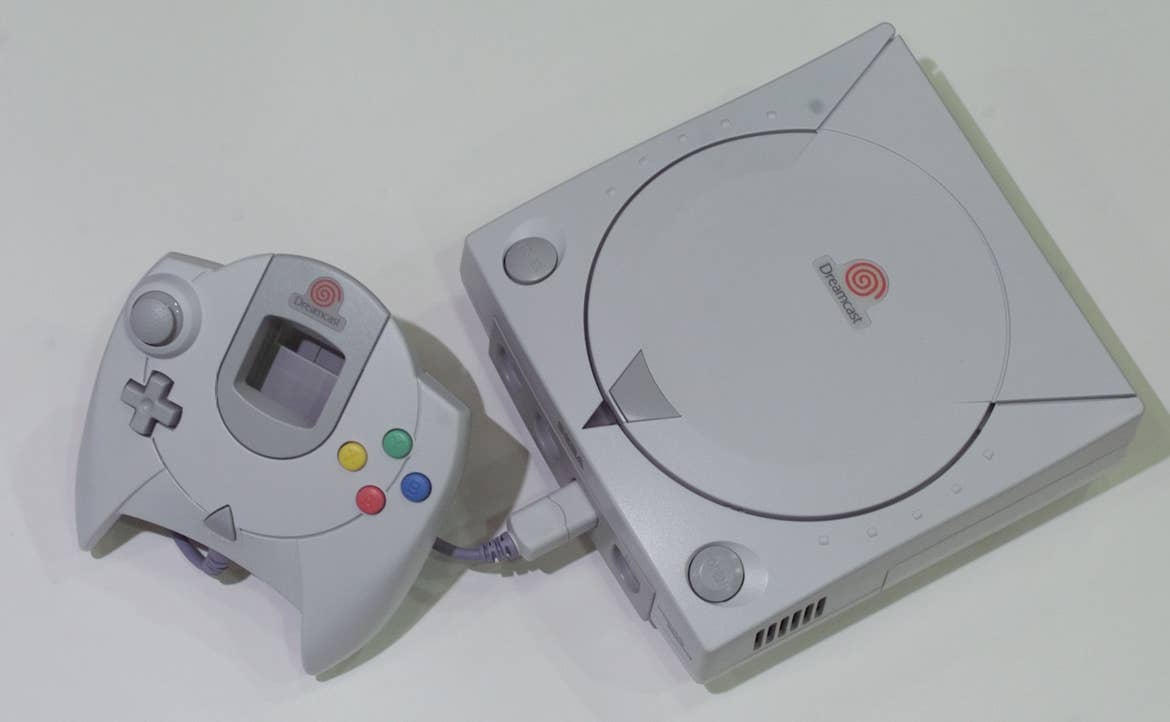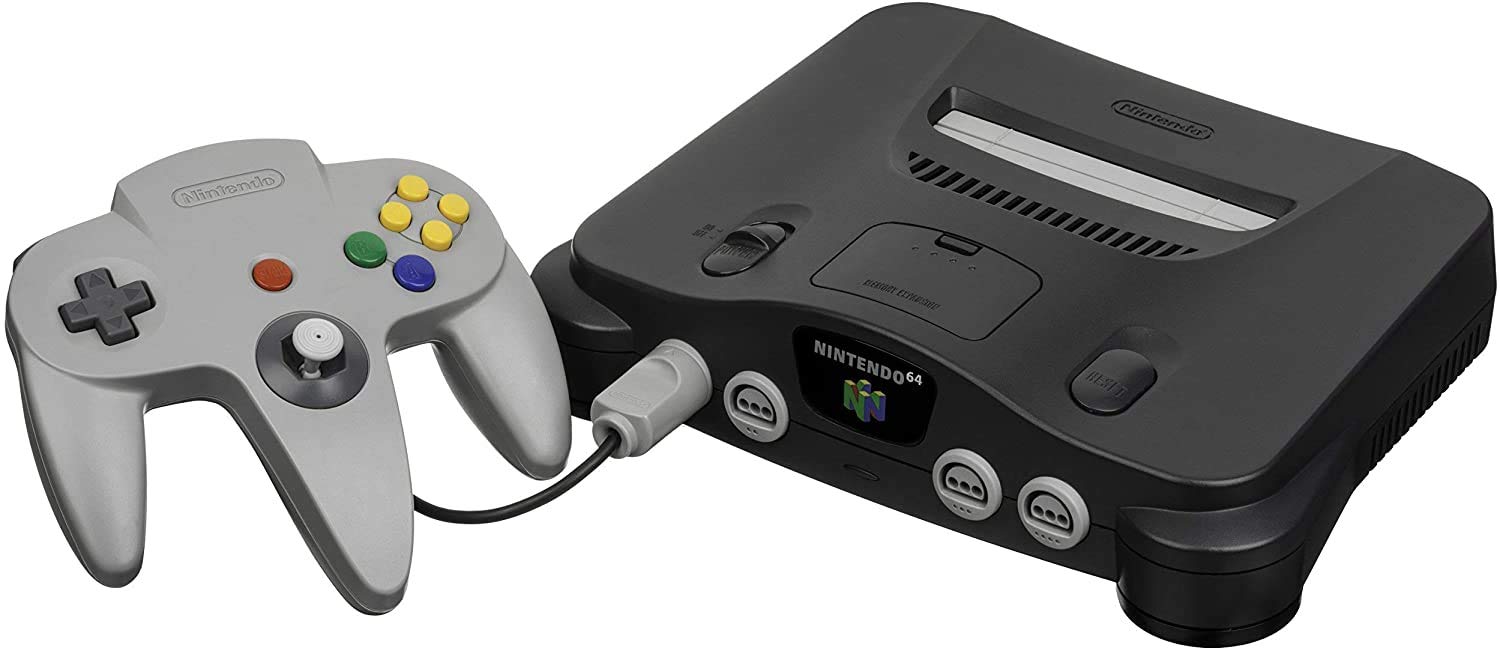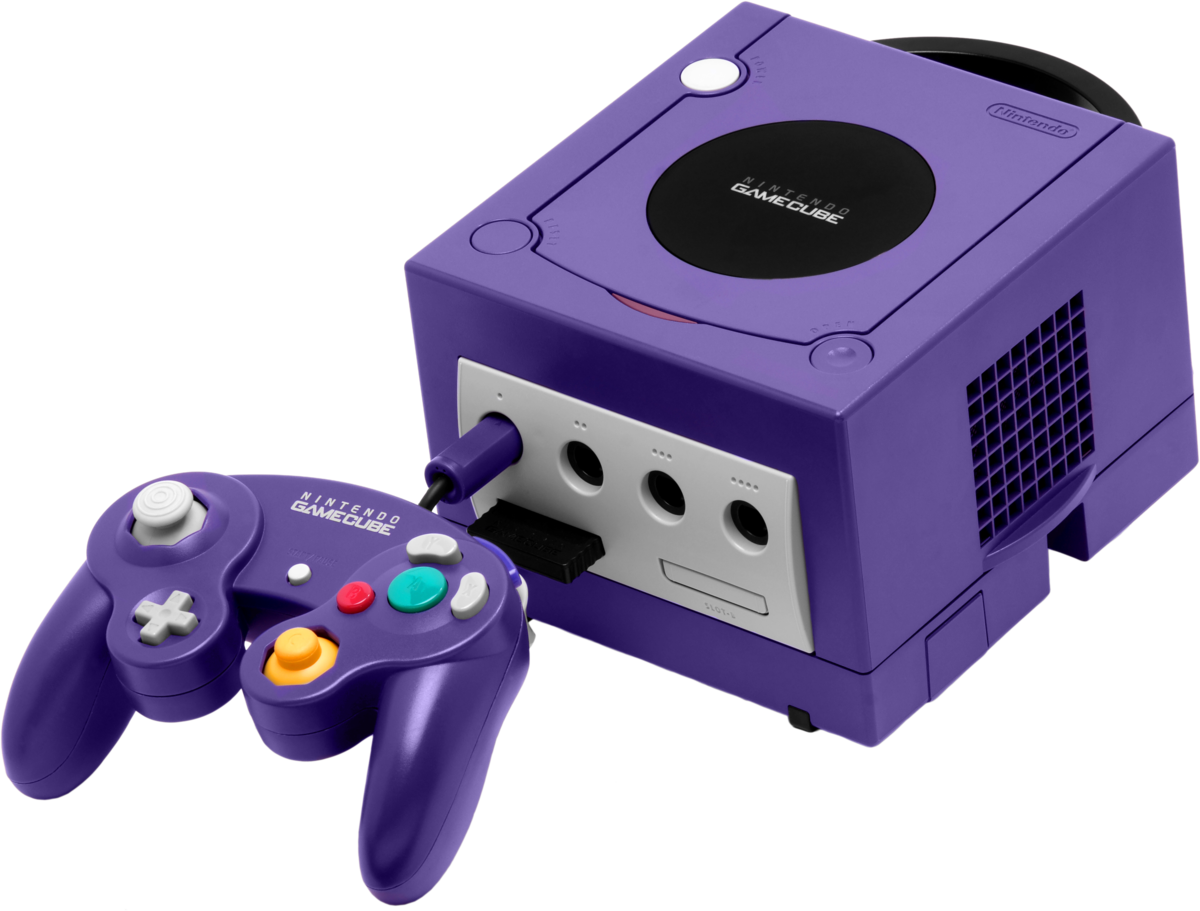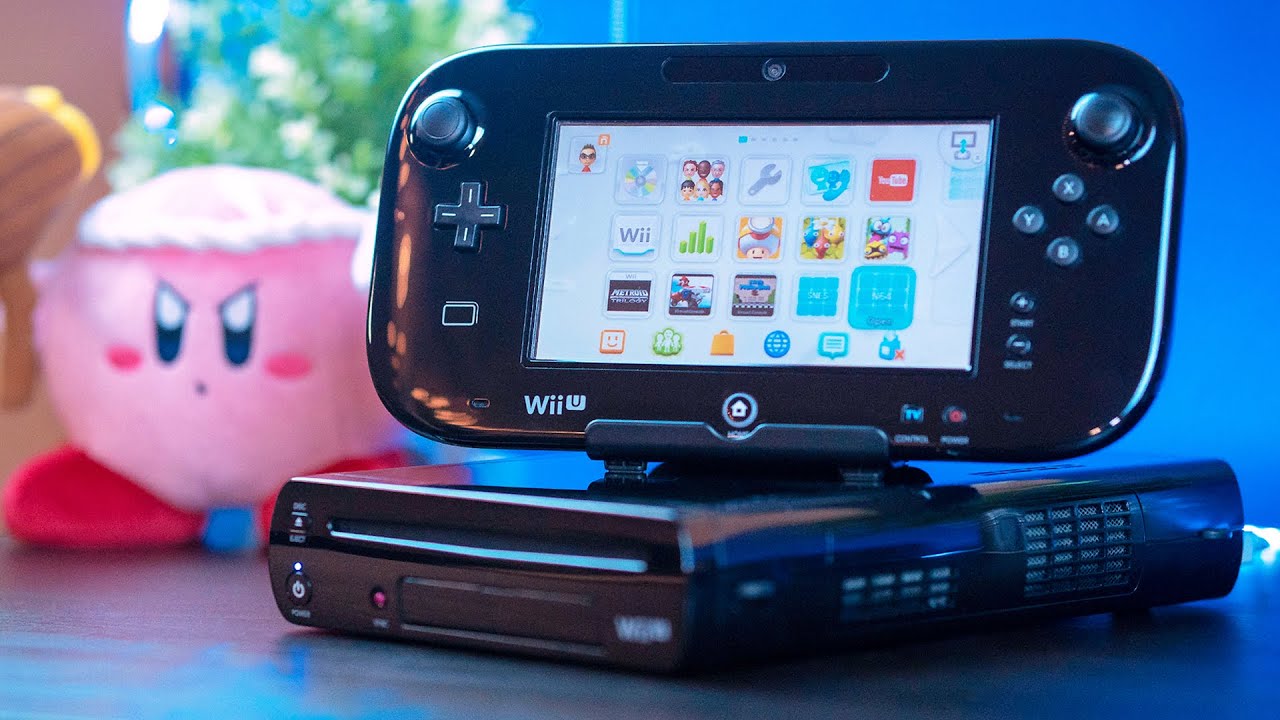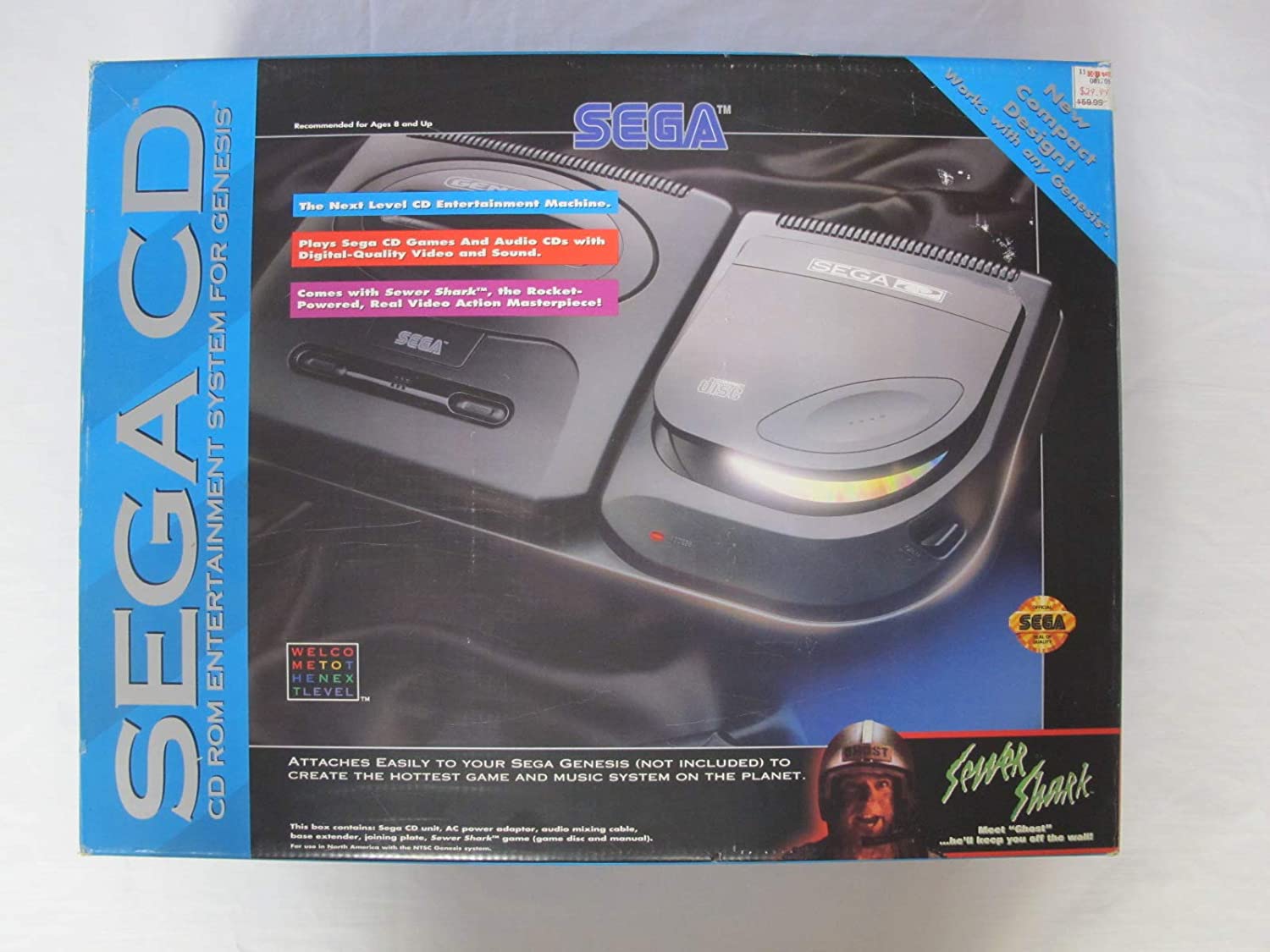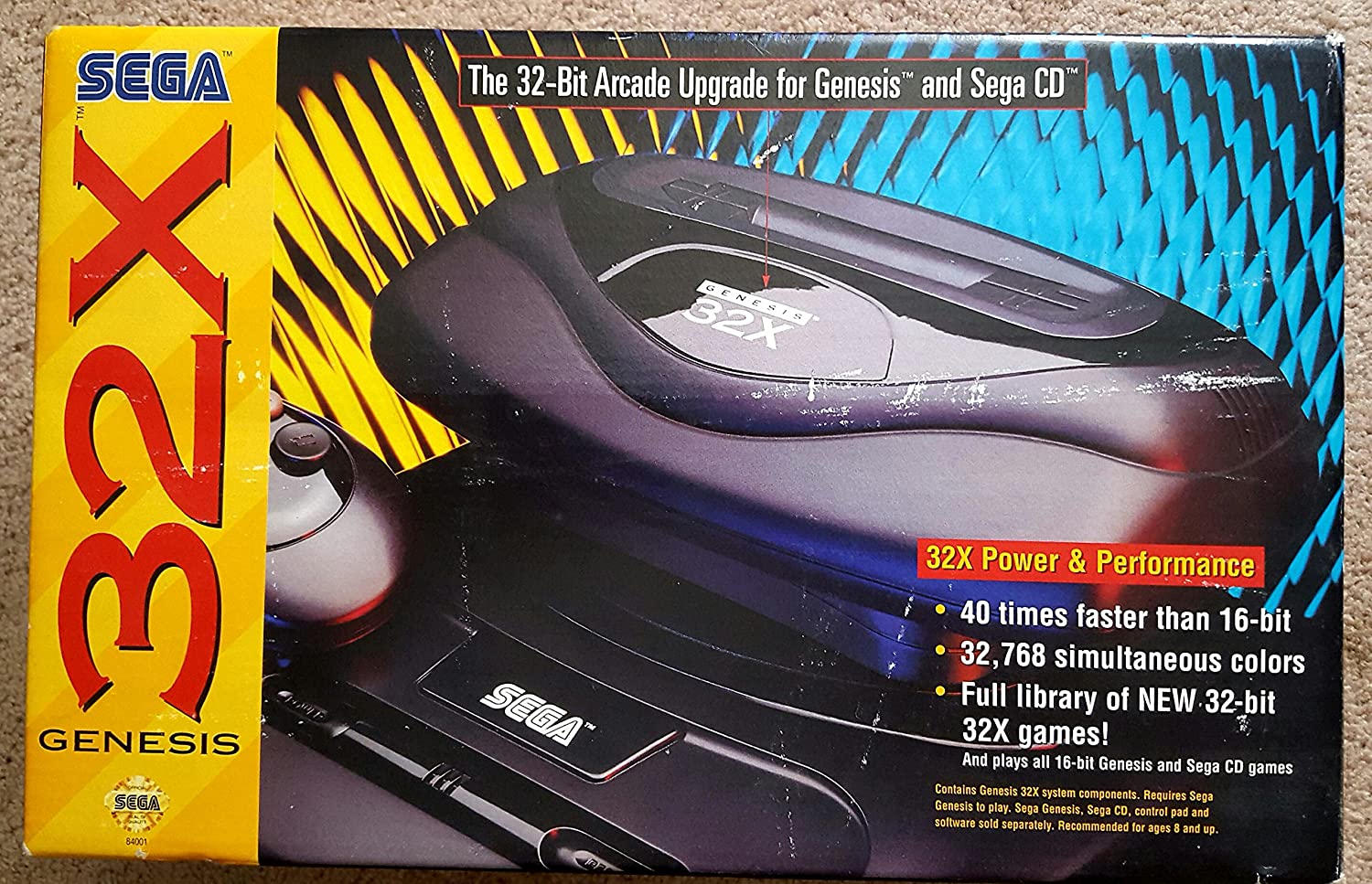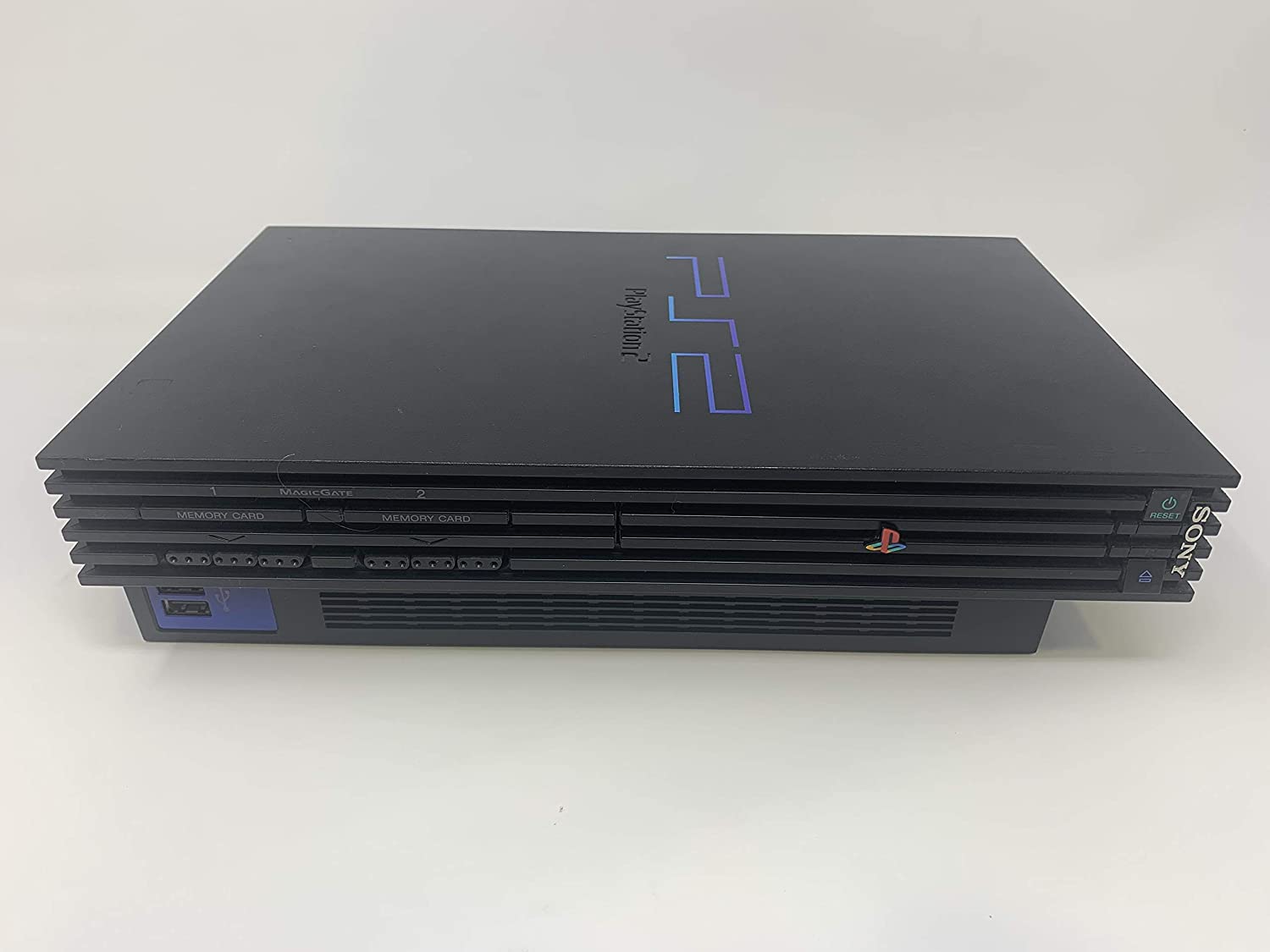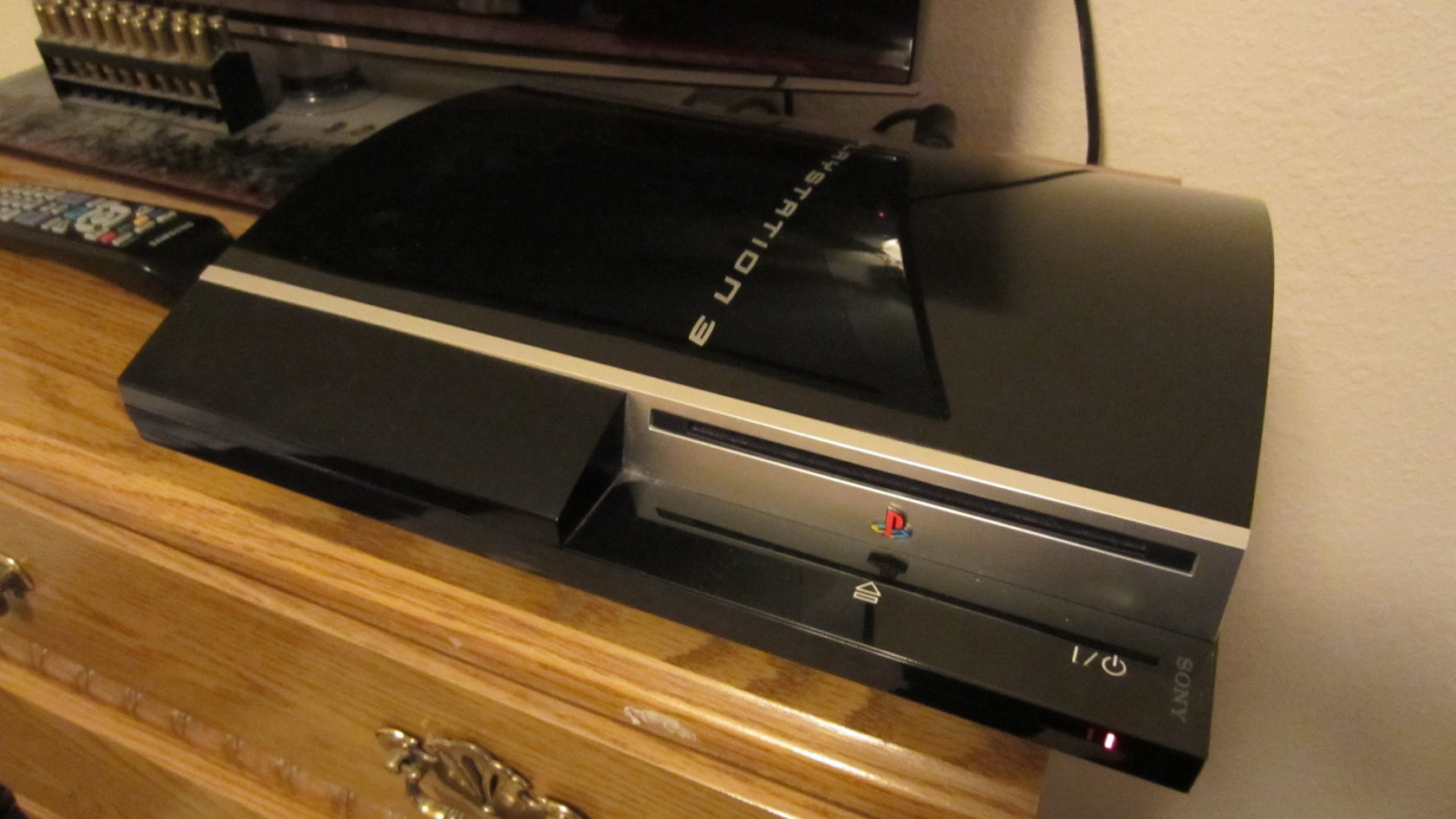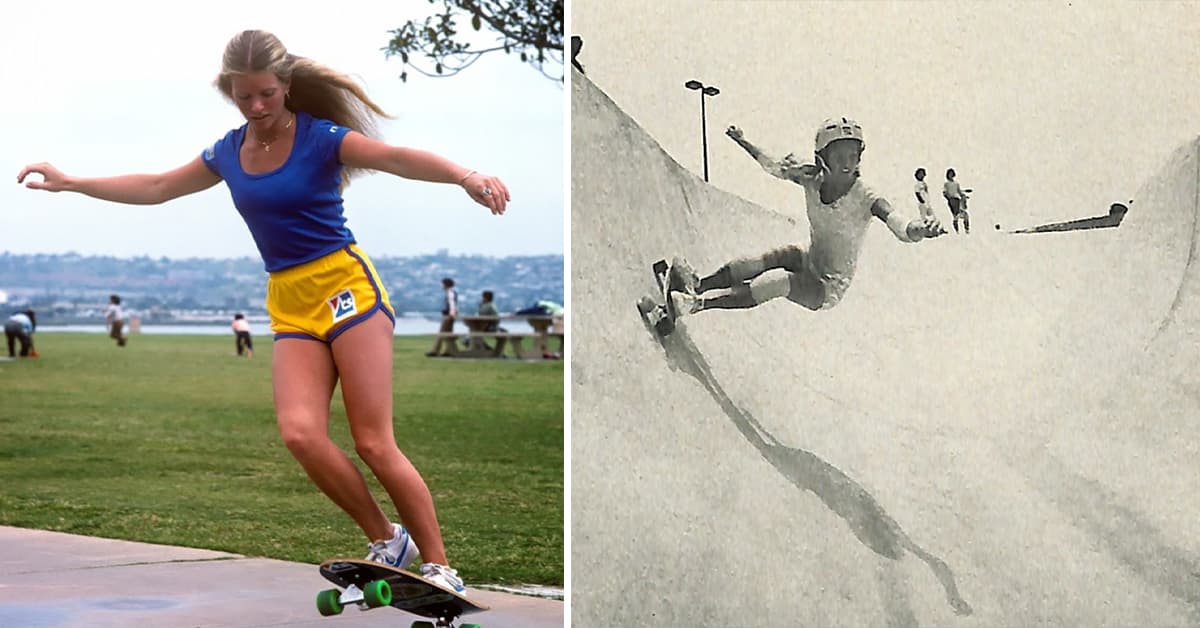15 Launch Failures Video Game Companies Want to Forget
Has any company ever had a good launch?
Published 4 years ago in Funny
1
Sega Saturn It’s rare that a game system is doomed by a single decision. But if anyone was going to do it, it was destined to be Sega, and they effectively destroyed the Saturn with one awful choice. What was that choice? Believe it or not, to release the system in America early. At E3, Sega announced that the system was already on store shelves. But this was only partly true. Sony hadn’t alerted many retailers, and most game developers were still aiming for the original launch window. The result was a botched launch where few systems and decent games were available, ensuring the dominance of the Sony PlayStation.
2
Xbox 360 The Xbox 360 had the worst kind of launch: one that would cause years of problems for gamers. And those problems would become the stuff of legend for annoyed players. Microsoft’s testing revealed the "red ring of death," but they rushed the launch anyway. And on top of that were problems with overheating and underperforming graphics cards. Microsoft is completely to blame for rushing through their QC process and delivering years of ticking time bombs disguised as game consoles.
3
PS4 Sony arguably had a better launch for the PS4 than Microsoft had with the Xbox One. Nonetheless, this gaming juggernaut still had its fair share of launch woes. For example, many players couldn't log in to the PlayStation Network. And they included many features in a mandatory day one update that overloaded their servers. Worst of all, some systems arrived already bricked, and others bricked after getting the update.
4
Xbox One The Xbox One was Microsoft’s most polished game system. But like many other consoles, the launch had quite a few issues. Microsoft announced many unpopular features, including the system needing a constant internet connection and an inability to play borrowed or used games. The mandatory use of the Kinect also rankled gamers who didn’t want to let Microsoft see into their homes. The company eventually backed off of these crazy ideas, but all of it added up to a very rocky launch.
5
Xbox Series X/S Many gamers have pointed out that modern game systems (for better or for worse) are simply specialized computers. Unfortunately, the launch of the latest generation of Xbox consoles showed us some of the glitchiest “computers” ever. Features like Quick Resume didn’t work right, and even simple features (like using Kinect or playing a Blu-Ray) gave users trouble. There were also issues with Xbox Live, poor HDR, and even 4K display issues. Maybe Microsoft and CD Projekt Red had a bet for who could ship a buggier final product?
6
PS5 Normally Sony has a smoother system launch than Microsoft. With this new generation of gaming, however, that simply wasn’t the case. Many users reported issues with crashing games, overheating systems, uninstalling games, and controllers that didn’t charge correctly. And all of this is on top of the core issue that it was so damned hard to order one of these consoles in the first place.
7
PSX In its own way, the original PlayStation is the father of modern gaming. Love them or hate them, it was Sony rather than Nintendo or Sega that showed us what the next generation of games looked like. But that doesn’t mean the PSX launch didn’t have problems. Those problems mostly came in the form of awful launch games. Some of the games that seemed notable at the time, like Battle Arena Toshinden, were actually bland and boring to play. And other launch games, like Street Fighter: The Movie, were memorable for all the wrong reasons. Ridge Racer was basically the only good PSX launch title. And as much as I love Ridge Racer, that adds up to a pretty awful launch.
8
Sega Dreamcast In many ways, the Dreamcast was the finest system that Sega ever made. Unfortunately, it was doomed from the start thanks to a number of launch issues. First, there was awful advertising, including the world’s worst slogan: “it’s thinking.” And the oversized controller, with its weird VMU and no second analog stick, turned off many players. But worst of all, Sega turned off many of the best 3rd-party developers (including Squaresoft and EA), insuring they would constantly lose ground to the PlayStation 2.
9
N64 The Nintendo 64 was an unforgettable game system, but it also got its butt kicked by the Sony PlayStation. How did this happen? It all goes back to those damn cartridges. Nintendo stubbornly refused to embrace CD gaming and stuck with cartridges for the N64. But these cartridges were difficult to develop, and this cost the company a lot of valuable time. This caused the system to come out nearly two years after the PlayStation, and Nintendo never did get their momentum back during that generation.
10
GameCube The GameCube was Nintendo’s chance to make up for the mistakes of the N64 and deliver a truly unforgettable gaming experience. Unfortunately, they totally blew it. The biggest issue was that Nintendo struggled to complete their launch games on time. Because of this, they missed their initial delivery window. The delay meant that GameCube wouldn’t come out until near the end of 2001. By that point, Sony had already gained too much of a foothold for Nintendo to come out on top.
11
Wii U The Wii U still feels like an anomaly. How could Nintendo follow up the insanely-successful Wii with such a weird flop? By making a few key launch errors, of course. First of all, the name alone threw people off. Was this a new system or some kind of add-on? Many casual gamers had no clue. And while casual gamers made up the core of the Wii audience, Nintendo tried to market to more hardcore gamers with the new system. But hardcore gamers didn’t want to play crappier versions of old games with gimmicky new features. Just like with the Wii, Nintendo continued to push third-party developers away. The final product was an expensive (it cost as much as a Switch now costs!) game system with an awful touchscreen that few games took advantage of.
12
Sega CD Sometimes it feels like Sega is working under the curse of some Greek god. They could seemingly predict the future of consoles with each new generation, and they always found a way to screw it up, like with the Sega CD. To their credit, Sega understood that CD gaming was the way of the future. But the Sega CD cost more than the Genesis it attached to, and many of the games were crappy “enhanced” versions of existing titles. And much of the library was made of crappy FMV titles that could barely be considered games, sealing the fate of this quirky system.
13
Sega 32X The 32x is a bit of a redheaded stepchild among gaming consoles. That’s partly because it was a weird add-on for the Genesis and partly because of its awful launch. It launched at a higher cost than Sega initially promised and without any bundled games. And many of the games at launch and beyond had major errors, including missing levels and audio issues. Most insanely, Sega was already launching the Saturn a year later, and this caused many gamers to skip out on this system.
14
PS2 Compared to some other systems, the PS2 launch was only kind of bad. Their biggest sin was simple enough: having a terrible roster of launch games. Gamers were hyped to play the next generation of Metal Gear Solid and Final Fantasy. But at launch, the PS2 offered awful games like Street Fighter EX3 and Q-Ball Billiards Master. With a lineup like this, it’s amazing the PS2 ended up being so successful
15
PS3 Generally speaking, Sony’s systems did very well against their competition. But they still managed to screw up some system launches, including the PlayStation 3. The main problem was that Sony made a number of promises that the system didn’t live up to. They announced full backwards compatibility with older games and later discontinued this beloved feature with future models. And Sony previewed a number of games ahead of launch (including Killing Day and Fifth Phantom Saga) that never actually released. Weirdest of all are the tall tales Sony made about the system. They claimed it could play games at 120 FPS. Keep in mind that Sony wouldn’t achieve this feat until the PlayStation 5.

